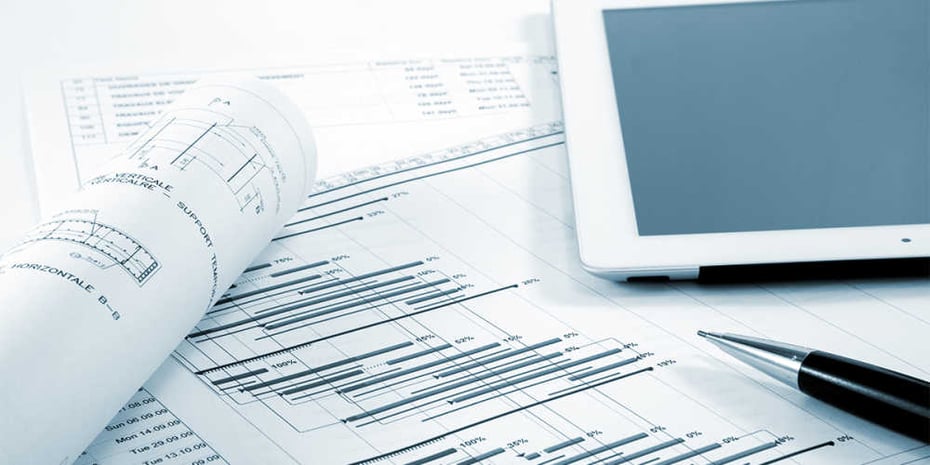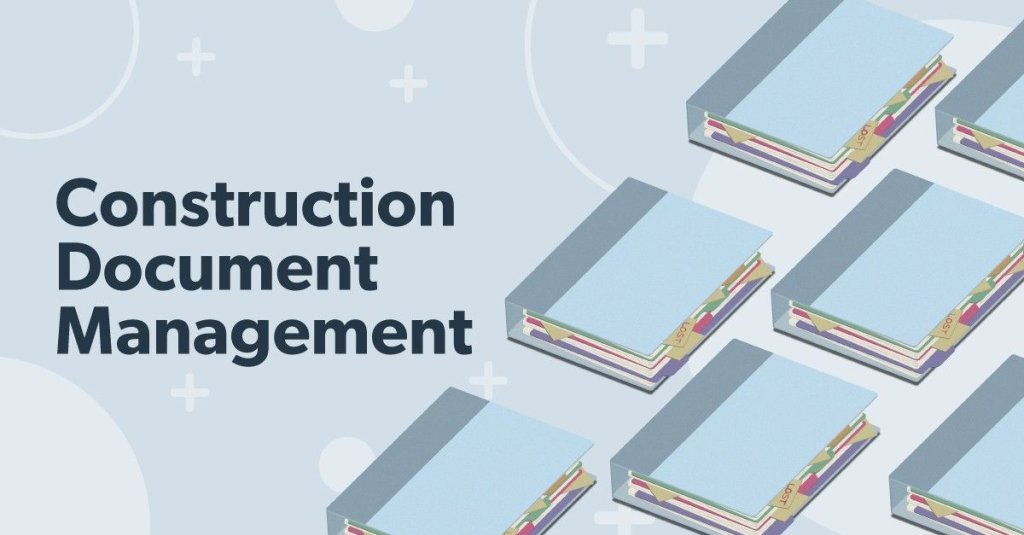Designer's Guide to Simplifying Building Paper Monitoring for Efficient Job Implementation
The process of arranging, sharing, and preserving these records can usually end up being a labyrinth of inadequacies and problems if not handled diligently. By checking out methodical approaches, ingenious tools, and market best techniques, designers can not just enhance their document administration processes however also lead the way for a lot more efficient job execution.
Relevance of Effective Record Administration
Reliable paper administration is important for architects in the building and construction market as it plays a pivotal duty in making sure the successful implementation of projects. Correct organization and management of these papers are crucial to maintain task timelines, guarantee conformity with policies, and promote efficient interaction among task stakeholders.

Effective file administration allows architects to access crucial information quickly, track project progress accurately, and mitigate threats linked with mistakes or omissions. By implementing structured paper administration processes, architects can enhance cooperation with customers, specialists, and various other staff member, leading to boosted task end results and customer fulfillment.
Additionally, effective file management helps engineers keep a thorough task background, enabling them to leverage past experiences and lessons learned for future tasks. In today's fast-paced building and construction market, where timely decision-making and info sharing are critical, efficient paper management is a keystone for success.
Methods for Improving File Organization
Efficient paper management methods not only make sure project success for designers in the construction market but likewise lay the structure for executing approaches for improving record organization. To simplify document organization properly, designers need to first establish a clear identifying convention for folders and documents. Consistency in calling files based on task phases, paper types, and appropriate details will promote easy access and reduce complication.
Utilizing cloud-based storage options can also improve record company by giving a centralized location for all project-related documents - construction document management. This allows employee to access one of the most up-to-date files from anywhere, promoting partnership and performance. Implementing variation control devices even more improves document organization by tracking changes, avoiding clashing edits, and ensuring that the most up to date versions are always available
Moreover, creating a logical folder structure with designated subfolders for different record groups, such as specifications, agreements, and illustrations, can simplify document monitoring processes. Frequently evaluating and removing repetitive or outdated documents will help preserve a lean and organized file repository, inevitably improving productivity and job outcomes.
Leveraging Modern Technology Equipment for Cooperation
In the world of modern design, architects are significantly relying upon innovative innovation tools to cultivate smooth partnership among job stakeholders. Leveraging modern technology for partnership streamlines interaction, enhances effectiveness, and boosts general task results. Cloud-based platforms such as BIM 360 and Procore enable real-time accessibility to project records, allowing contractors, clients, and engineers to team up efficiently despite their physical place. These tools help with simultaneous modifying, variation control, and immediate updates, reducing delays and mistakes triggered by miscommunications.
Online layout and construction (VDC) software like Revit and AutoCAD Architecture allow designers to produce detailed 3D designs that can be shared and modified collaboratively. This real-time partnership enhances style visualization, sychronisation, and precision, leading to much better decision-making throughout the project lifecycle. In addition, interaction tools like Slack and Microsoft Teams give instant messaging, data sharing, and video clip conferencing capacities, fostering seamless communication among staff member and stakeholders.
Making Sure Precision and Variation Control

Efficient variation control likewise helps in taking care of file authorizations and making sure that only licensed personnel make alterations. Designers ought to develop clear procedures for documenting changes, including timestamps and user recognition, to develop an audit trail for responsibility. Consistently interacting with the task team regarding variation updates and changes is necessary to prevent confusion and keep alignment visit this website throughout the building procedure.
Best Practices for Paper Sharing and Accessibility
Having actually established a robust system for version control in building paper monitoring, designers can now focus on enhancing file sharing and gain access to techniques to enhance collaboration and efficiency among task stakeholders. These systems supply real-time accessibility to job papers, allowing team members to view, modify, and comment on documents all at once.
In addition, applying role-based accessibility control is important for preserving data safety while assisting in cooperation. Appointing various consent levels to employee makes certain that delicate details is just easily accessible to accredited workers. On a regular basis upgrading gain access to consents based upon project requirements and group adjustments is critical for keeping information honesty.
Incorporating task monitoring software application with document sharing systems can review likewise streamline operations. This combination allows for smooth communication, job tracking, and record administration within a single user interface, lowering the requirement to switch over between multiple devices. By following these ideal methods, architects can create a much more joint and reliable file sharing setting, inevitably resulting in effective job execution.

Verdict
In verdict, reliable building file management is crucial for successful task implementation. By carrying out methods for organization, leveraging technology devices for collaboration, guaranteeing accuracy and variation control, in addition to following ideal practices for record sharing and gain access to, architects can streamline their operations and enhance overall task effectiveness. Focusing on these elements of document monitoring will lead to smoother task execution and better results for all stakeholders included.
Reliable paper management is essential for engineers in the building sector as it plays an essential function in ensuring the effective execution of tasks. construction document management. Appropriate organization and management of these records are important to maintain job timelines, ensure conformity with policies, and facilitate reliable interaction among job stakeholders
Efficient record administration practices not just make certain task success for designers in the building and construction sector however additionally lay the foundation for executing approaches for enhancing document organization. One key method is establishing a centralized record repository where all group members can access the latest variations of illustrations, specs, and other project papers.Having established a robust system for variation control in building and construction document administration, engineers find out can now concentrate on maximizing file sharing and gain access to approaches to improve collaboration and effectiveness among job stakeholders.
Comments on “Protect Your Success: Construction Document Management Approaches for Specialists”